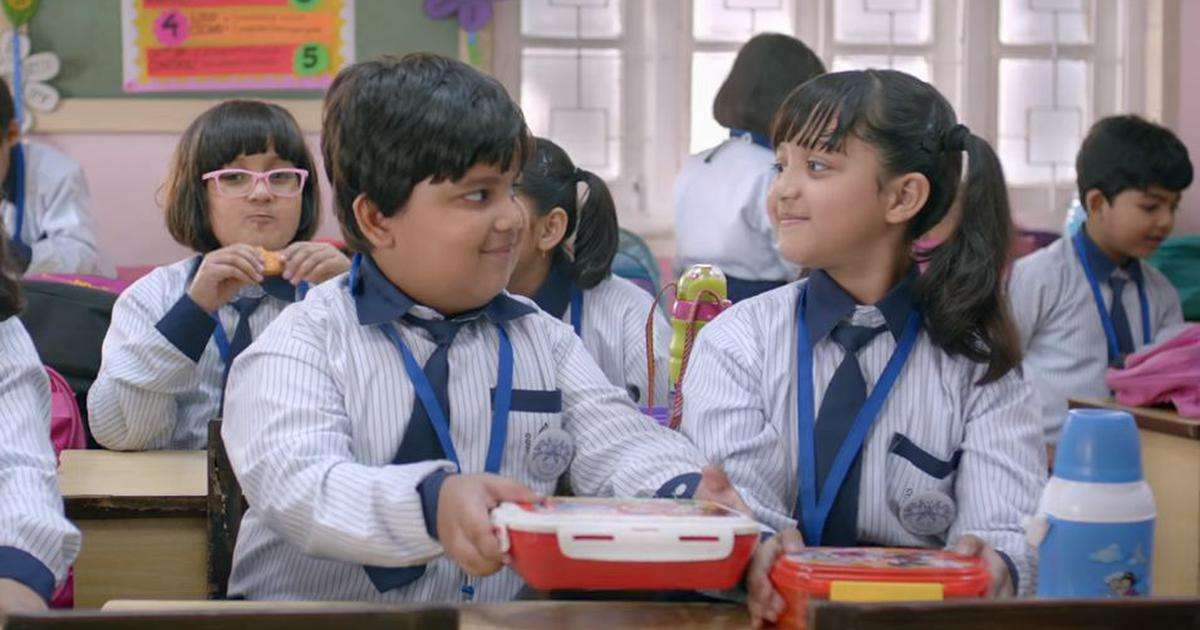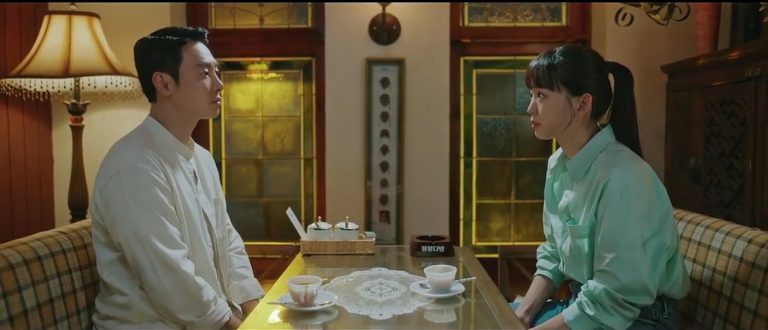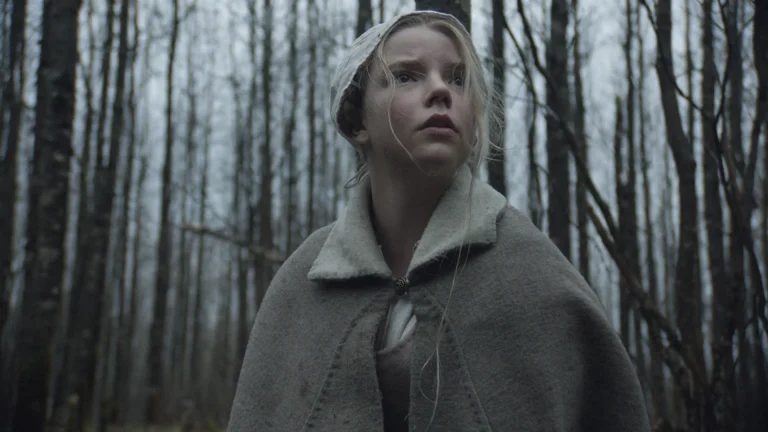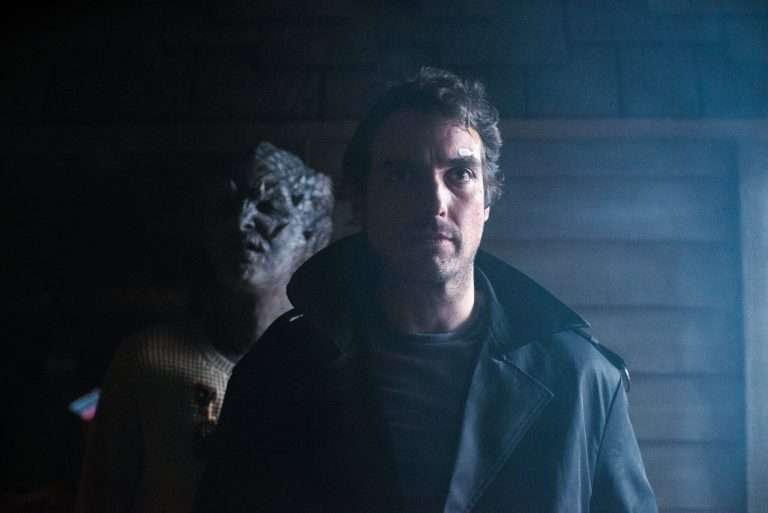The realm of cinema has consistently emerged as the most potent storytelling platform. They create a space within the screen, and no matter how close or distant it is from the real world, it makes the audience a part of the constructed space within the screen. Haami – A Gentle Kiss (2018) is a Bengali movie directed by the most famous director duo of Bengali movies, Nandita Roy and Shiboprashad Mukherjee, who also plays the lead role. The pair is known for some of the most impactful social-themed movies with elementary yet unique subjects. Haami is no exception (the Bengali word for a kiss).
In Bengali, there are two terms for “kiss.” One is used casually among parents and children, siblings, and friends, while the other refers to the romantic kiss shared between couples. It’s called ‘Haami’ and ‘Chumbon,’ respectively. The movie’s plot revolves around how the adults perceive the world of innocence and fail to understand the alternate reality of the children. The movie’s protagonists are two children of approximately seven years – Bodhishotto (Bhutu) and Tanuruchi (Chini)- who hail from strikingly different family backgrounds. The directors impeccably craft the distinction between the two families: how they conduct themselves, the food they bring to school, and their use of the English language. Unfortunately, colonization’s impact stands tall in modern India, and speaking fluent English is very much considered a sign of sophistication and cultural hierarchy.
On the one hand, we can see Bhutu’s parents struggling to plan their family finances, washing clothes manually before putting them into the washing machine, and his father trying to sell every new product in his business, typically bringing out the middle-class characters. On the other hand, Chini’s parents completely focus on their child. They make sure she does not encounter any hardship, emotionally or otherwise. Their family time is spent discussing the USA Green Flag scheme and Chini’s education over a sip of scotch.
The difference between the two families is also very prominently depicted through the tone they use while speaking and the topics of their discussions at home and outside. Although Chini’s mother, played by Churni Ganguly, sometimes raises her voice, she maintains a borderline polite tone that governs her speech. In contrast, Bhutu’s mother, played by Gargi Roychowdhury, speaks in an unvarnished style with a very colloquial vocabulary.
This is not the first time the directorial duo has used stereotypes conveniently in their movies. In their acclaimed film “Praktan” (translates to “Exs”), there’s a famous dialogue said by the wife character to the ex-wife: “In a marriage, to adjust is not to fail; to adjust is to live beautifully.” The movie unapologetically glorifies some very problematic aspects of marriage.
Still, probably this was the reason it appealed to the audience, who have a very different understanding of marriage. I don’t think we can rightly judge that through the modern lens. Praktan also focused on the nature of relationships and how a person changes according to their partner’s behavior. Moreover, their other famous movies, Belaseshe and Posto, feature conventional, orthodox families, glorifying the gender roles the present generation is trying to shatter. Despite these controversial aspects, these movies gained popularity and recognition from audiences throughout Bengal because of the story’s uniqueness, narration, and cinematography.
In Haami, Chini is a newcomer in school, and Bhuti becomes her bench partner. The school is one of the best in the city. It has all the required infrastructure for its students’ safety and well-being. Bhutu and Chini’s friendship grows over time. They share tiffins, pencils, break times, and much happiness. The story takes a turn when Chini’s parents complain about Bhutu to the school, saying that he kissed her in the school. They rage in concern: if, at this age, a boy kisses her, how can they trust the school with her safety? The school management and their child counselor take the matter very seriously. They find out the playfulness in the kiss as if they have picked it up from his mother, landing him a kiss on his cheek. To the little boy, landing a kiss on the cheek is a common gesture of affection.

The school tries to be gentle with the kids and the parents, but the girl’s parents insist on changing their sections, which results in extreme emotional turmoil in the hearts of the kids. This separation and despair are visualized through the song, which has another happy version played during break time at school. This song has a prominent role in the movie, marking the most joyful and saddest part for Bhutu and Chini – the break they spent together and the separation from their class. The happy version of the song starts with the names of the foods they would bring for their tiffin and how exchanging food is their love language.
The lyrics loosely translate to “We’ll celebrate the friendship through chapattis, french fries, and khastaruti. The foods have also started recognizing you; let’s be friends and have more food together. ” Whereas the sad version starts with the cry to ask for the friend’s return. It says, “Please come back, my friend, however you wish to. I do not enjoy the food in the recess; the tiffin box is still open for you”. The last line is also used in the happy version, with a polar opposite emotion where the friends are so glad and elated.
Food becomes the symbol of love
The movie also deals with a subplot where a trusted school bus conductor is accused of sexual abuse. The conductor was expelled from the school, only to find out that he was harmless. Most importantly, the movie depicts the beautiful, innocent touch of love, which plays a crucial role in showing children warmth and affection. Undoubtedly, the world we live in today has forced us to take everything with a pinch of salt, and we cannot help but worry the most about our children. At the same time, it is vital to understand that the world will not survive without the innocence of love between two humans.
In the movie’s last scene, the parents of both kids are seen in the principal’s office, accusing one another of the trouble one caused the other child. Chini’s parents are convinced that Bhutu has harmed their daughter and are not open to understanding any other narrative. The principal and the school counselor try to make them understand once again, but all their efforts go in vain.
Suddenly, they noticed their kids, who were sitting outside the office, had gone missing. While searching for them, they find them on the ground playing with other kids. While playing, Bhutu trips over a bag, falls, and starts sobbing. Chini tries to console him; he keeps crying, and Chini innocently lands a kiss on his cheek, as a parent does to a child when they are hurt. This pacifies Bodhishotto and fills the hearts of the parents, teachers, and audience with so much warmth and love.
The movie is an ideal depiction of friendship, love, and warmth among those not yet affected by sexist indoctrination that a girl and a boy cannot be best friends. They are still ensconced within the cocoon of innocence and unaware of the ego that stops people from being expressive in love. In the end, Haami captures childhood at its best. Such movies serve as a beacon of hope in a world often overshadowed by miseries and challenges.
Through its portrayal of Bhutu and Chini’s heartwarming bond, the film reminds us of the beauty in simple, genuine connections. It also highlights the contrast between the world of children – where love and affection are expressed freely – and the adult world, often clouded by suspicion, rage, ego, and misunderstanding. While addressing serious issues such as false accusations and the need to protect our children, “Haami” ultimately leaves us with a heartwarming message: our true strength lies in the genuine relationships we nurture and cherish.
In 2022, the directors came up with the movie’s second part – Haami 2. The plot of the film was intricately related to children’s psychology. It dealt with the troubles of a second child, ignored by the parents and overshadowed by his brother’s talents. This is another example of how poignant yet simple themes the duo make movies on.


![A Death in the Gunj [2017]: An Intricate Character Study](https://79468c92.delivery.rocketcdn.me/wp-content/uploads/2017/04/death_in_gunj_gallery_7-768x402.jpg)
![Madhuram [2021] Review: A Heartwarming Romance That Misses the Mark](https://79468c92.delivery.rocketcdn.me/wp-content/uploads/2021/12/Madhuram-Movie-Review-1-768x432.jpg)


